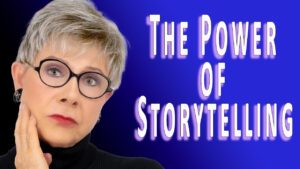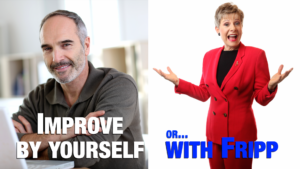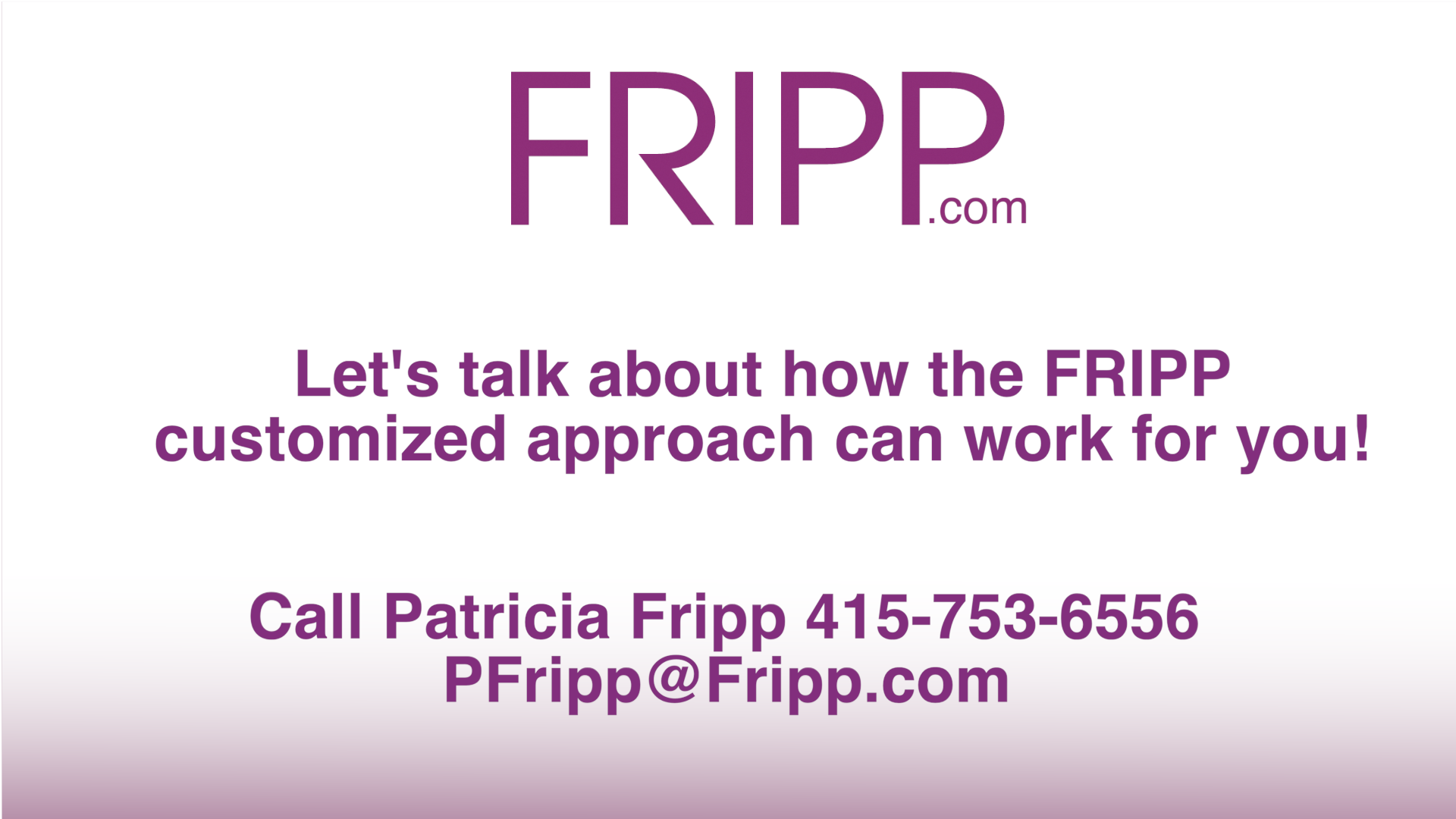The Success Formulas of Good Stories
Imagine sitting in a darkened theatre as the music swells, the curtains part, and you’re instantly transported into another world. That’s the magic of storytelling, not just in Hollywood; it is in every speech, sermon, or business presentation you’ve ever enjoyed and remembered. I guarantee that stories played a pivotal role in making those moments memorable.
Everyone loves a good story. That is part of their power. They are our culture’s way of teaching values, preserving family legacies, and making history resonate with us. In the business world, stories are not just tools they are essential frameworks through which we clarify complex concepts and forge strong connections with colleagues, customers, and diverse audiences.
Wise leaders and skilled sales professionals develop an arsenal of impactful stories that provide clear, dramatic examples. Good stories set us apart from the competition, illustrating our messages in ways that inspire, educate, and persuade.
When your story captivates an audience, whether one person or a thousand, it must resonate emotionally and reveal a clear lesson tied directly to your point. Remember, while your audience may not recall every detail, a well-told story allows them to visualize and remember your message, increasing the likelihood that it will be shared and remembered.
Hollywood’s Influence on Memorable Storytelling
My good friend and acclaimed Hollywood script consultant, Michael Hague, often says, “The purpose of a story is to elicit emotion.” This principle is as accurate in a corporate boardroom as on the silver screen. Let’s delve into how you can apply Hollywood storytelling techniques to enhance your business presentations:
Techniques Behind Memorable Stories
Many presenters mistakenly believe a story must be dramatic and life-changing. In truth, the most relatable and memorable stories often stem from everyday experiences. These narratives draw their power from their ability to connect with us on a personal level.
Then-Now-How Formula: A Hollywood Blueprint
This storytelling formula mirrors the classic Hollywood story structure:
Then: Share a “day in the life” of your protagonist (which could be you or another person). Describe their normal world before the onset of the main action. This sets the scene and helps the audience empathize with the character’s initial circumstances.
Now: Introduce the inciting incident, similar to a plot twist in a film, which propels the protagonist into a new challenge. Describe how they confront these obstacles.
How: Finally, reveal the outcome. How did the protagonist handle their challenges? What has changed in their “day in the life” since then? The resolution should provide a clear takeaway for your audience and encapsulate the moral of your story.
Adding Director’s Vision and Scriptwriting Secrets
Consider how directors like Steven Spielberg create compelling narrative arcs by focusing intensely on character development and emotional engagement. Similarly, examine how scriptwriters craft dialogue and pacing to build suspense and foster a deeper connection with the audience. These elements can be adapted to make your business narratives more vivid and engaging.
Invitation to Engage

Are you ready to bring your stories to life with the impact of a Hollywood blockbuster? Let us talk about how I can help you and your team benefit from an exclusive storytelling workshop where you can hone your skills and make every story you tell in your sales presentations as captivating as cinema. Let’s make your next presentation unforgettable together.
Your presentation deserves the best, talk to Patricia Fripp for her expert advice.
“I wanted a Super Bowl quality coach. Patricia Fripp’s help in coaching and scripting was world-class. With Fripp on your team, you can go places.” Don Yaeger, Long-Time Associate Editor for Sports Illustrated magazine, Twelve-Time New York Times Best-Selling Author
“As the author of a best-selling sales book, the best investment in my speaking career was to hire speech coach Patricia Fripp. She is the master at helping structure and script your presentation.” Andy Paul, Author, Zero Time Selling
“Every year, my appreciation for you grows stronger! With great enthusiasm and reliability, you have proven to be an integral part of our annual conference and a favorite among our members. Thank you so much for being an important part of our success! My most gracious thanks.” Dan Maddux, Executive Director, PayrollOrg
“When we hired Patricia Fripp to improve our sales conversations and presentations, my expectations were high. Patricia Fripp’s customized approach before, during, and after her FrippVT online learning has resulted in more and larger sales. Patricia’s ability to excite, inform, and coach our team was impressive.” Scott Hamilton, Vice President of Sales, Distech Controls
Need help for you or your team on improving important conversations and presentations? The Fripp Customized Approach will work for you. Contact Fripp today!

